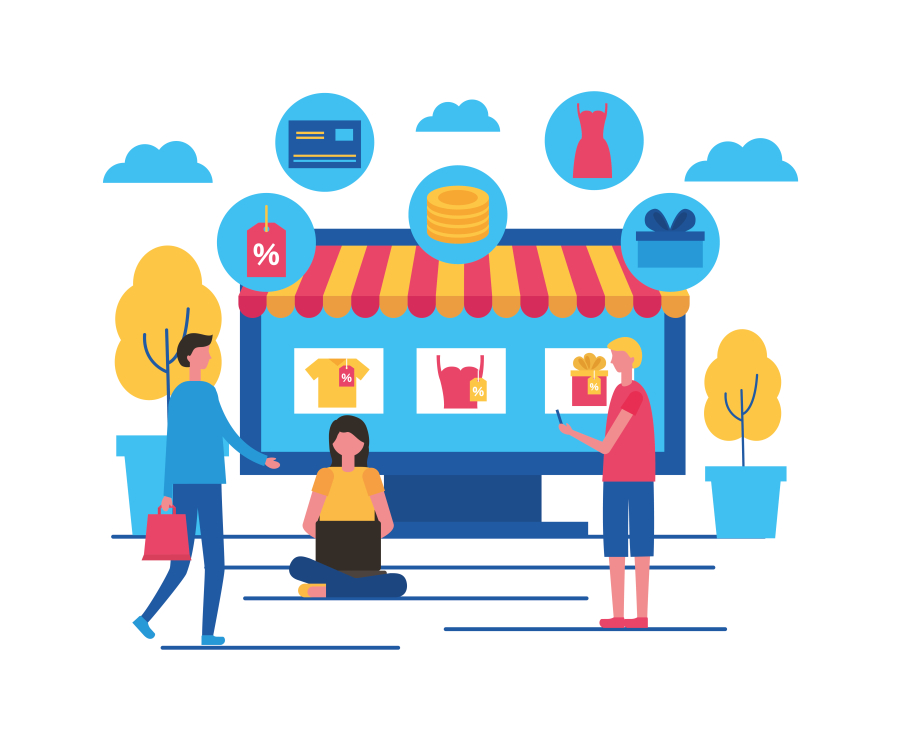How to Use Negative Space Creatively
Negative space—often referred to as white space—is one of the most underutilized yet powerful tools in a designer’s toolkit. For freelancers looking to elevate their work, understanding and leveraging negative space can set your portfolio apart, especially in a world overloaded with visual clutter.
On freelancerbridge, we help creative professionals learn techniques that not only improve their design aesthetics but also enhance communication and usability. In this article, we’ll explore how to use negative space intentionally and creatively across various design projects.
Long Description: Mastering the Art of Negative Space for Freelance Design Projects
When clients look at your work, they don’t just see colors, shapes, or typography—they feel balance, clarity, and emotion. This is where negative space plays a critical role.
In this in-depth guide, you’ll learn:
What negative space really means
Types of negative space in design
Why it’s essential in visual communication
Real-world applications and case studies
How freelancers can use it across niches (web, print, branding)
Tools, techniques, and common mistakes to avoid
By mastering this minimalist concept, you can amplify your storytelling, guide user attention, and make your designs more professional and memorable.
1. What Is Negative Space in Design?
Negative space is the area in a design that is not occupied by any elements—such as text, images, or graphics. It provides breathing room and helps define the boundaries of positive elements (the content).
While often called “white space,” it doesn’t have to be white—it can be any background color, texture, or pattern.
Negative space is not wasted space—it’s active design space that shapes the perception of content.
2. Why Negative Space Matters in Freelance Design
✔ Boosts Readability
It separates elements clearly, making your content easier to understand.
✔ Creates Focus
Draws attention to specific focal points, such as a CTA or headline.
✔ Establishes Visual Hierarchy
Helps control the flow of the viewer’s eye from one element to another.
✔ Conveys Elegance and Simplicity
Minimalist designs often appear more premium and professional.
✔ Enhances Brand Perception
Clients appreciate clean, intentional design that reflects clarity and confidence.
3. Types of Negative Space
🔹 Micro Negative Space
The small gaps between letters, lines of text, buttons, or icons. Improves legibility and balance.
🔹 Macro Negative Space
Larger empty areas on a layout, such as margins, padding, and empty zones between elements.
🔹 Active Negative Space
Used deliberately to highlight or frame a particular element (e.g., around a product image).
🔹 Passive Negative Space
Naturally occurring space that exists by default (e.g., line spacing in body text).
4. Creative Use Cases of Negative Space
🟩 Logo Design
Iconic logos like FedEx (with its hidden arrow) or WWF use negative space to communicate subtext without clutter.
🟩 Website Layouts
Modern websites use spacious layouts to guide users naturally from hero image to CTA with minimal distraction.
🟩 Print Materials
Brochures, posters, and business cards with well-spaced elements feel more premium and are easier to navigate.
🟩 Product Packaging
Negative space adds class and focuses on the essentials—ideal for minimalist brands and luxury products.
5. Principles for Using Negative Space Effectively
✅ Balance Content and Space
Don’t just “leave gaps.” Make sure each space is proportional to the content it surrounds.
✅ Align With Brand Tone
A luxury brand might use more negative space to evoke calmness, while a youth brand may reduce it for dynamic energy.
✅ Use Space to Group Information
Keep related elements close and separate unrelated ones with ample space for better UX.
✅ Optimize for Scannability
Especially in web design, space improves reading flow and helps users scan key information.
✅ Make It Responsive
Ensure that spacing adapts on different devices—mobile screens may need tighter controls.
6. Tools and Platforms to Use
Tool Feature for Negative Space
Adobe XD / Figma Grid systems, padding control, whitespace rulers
InDesign Perfect for print layouts and typography spacing
Canva Pro Templates with generous spacing and minimalism
Sketch Ideal for UI layouts with flexible spacing guides
Balsamiq Great for wireframes with spacing visualization
Use grids, smart guides, and padding settings to experiment and refine your space usage.
7. Tips for Freelancers: Using Negative Space in Client Projects
🔹 For Branding Projects
Use subtle space to create dual-meaning logos or optical illusions that impress.
🔹 For Web Design
Don’t crowd your sections. Use negative space to improve bounce rates and scroll time.
🔹 For Mobile UI
Mobile designs benefit from more space between elements for touch interaction.
🔹 For Social Media Graphics
Clean spacing helps your message stand out in busy feeds.
🔹 For Pitch Decks
A clutter-free slide with one message and space around it can be more powerful than data-dense visuals.
8. Examples of Negative Space Done Right
🟩 Apple.com
Massive use of space around products to evoke premium feel and focus user attention.
🟩 Airbnb Branding
Uses whitespace to support emotional imagery and community messages.
🟩 Nike Ads
Minimalist product images with lots of space and bold copy. Makes the product iconic.
9. Common Mistakes to Avoid
Mistake Solution
Thinking of white space as wasted Treat it as a design element with intentional use
Crowding too much into one layout Use hierarchy and spacing to break up content
Ignoring spacing in mobile design Always test for responsiveness and tap areas
Unbalanced spacing around elements Use grids and alignment tools for even distribution
Negative space, when misused, can look like a gap or unfinished area—so always aim for intentional design.
10. How to Educate Clients on the Value of Negative Space
Many clients may ask you to “fill the space” or “make the logo bigger.” As a freelancer, it’s your job to:
Show before/after examples
Explain how space improves conversion and readability
Provide competitor examples with clean design
Use analogies (e.g., “breathing room” for visuals)
Client education builds trust and allows you to retain design integrity.
Conclusion: Less Really Is More
Negative space isn’t just a passive part of design—it’s an active storytelling tool. It makes visuals easier to digest, messages easier to understand, and designs easier to remember. As a freelancer, your mastery of this invisible element can distinguish your work in a competitive market.
On freelancerbridge, we champion design principles that not only win clients but also elevate your creative identity. So the next time you design a layout, remember—what you leave out is just as important as what you include.


 by Emily
by Emily




